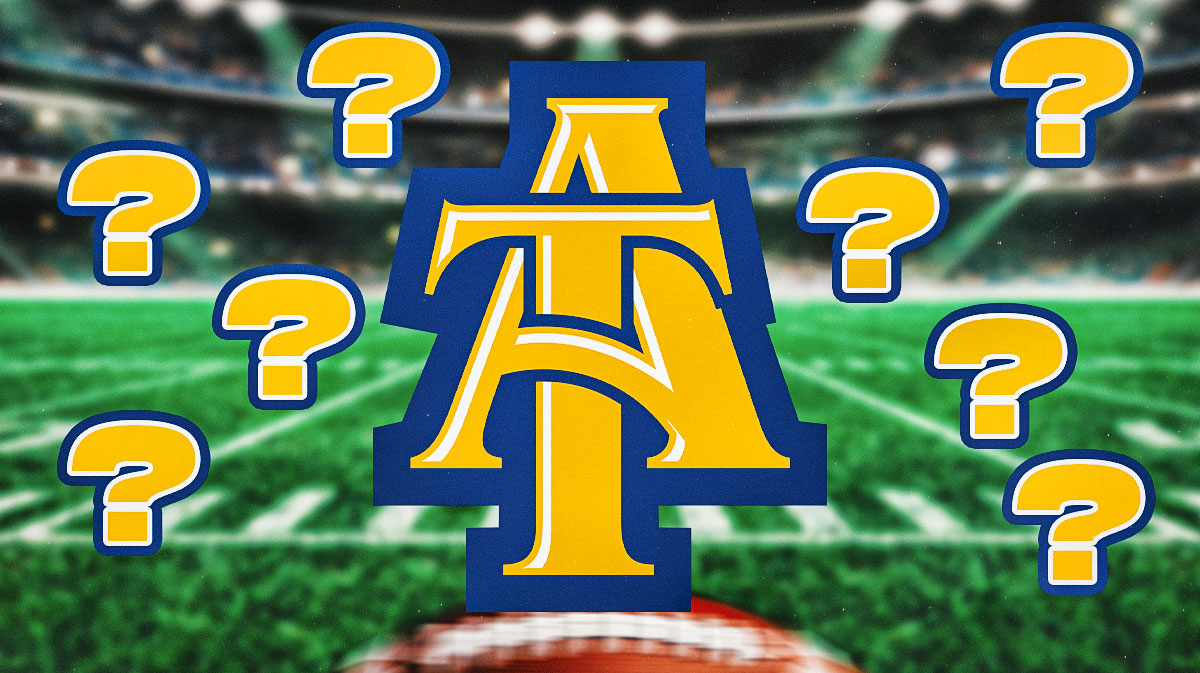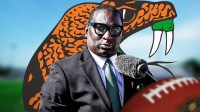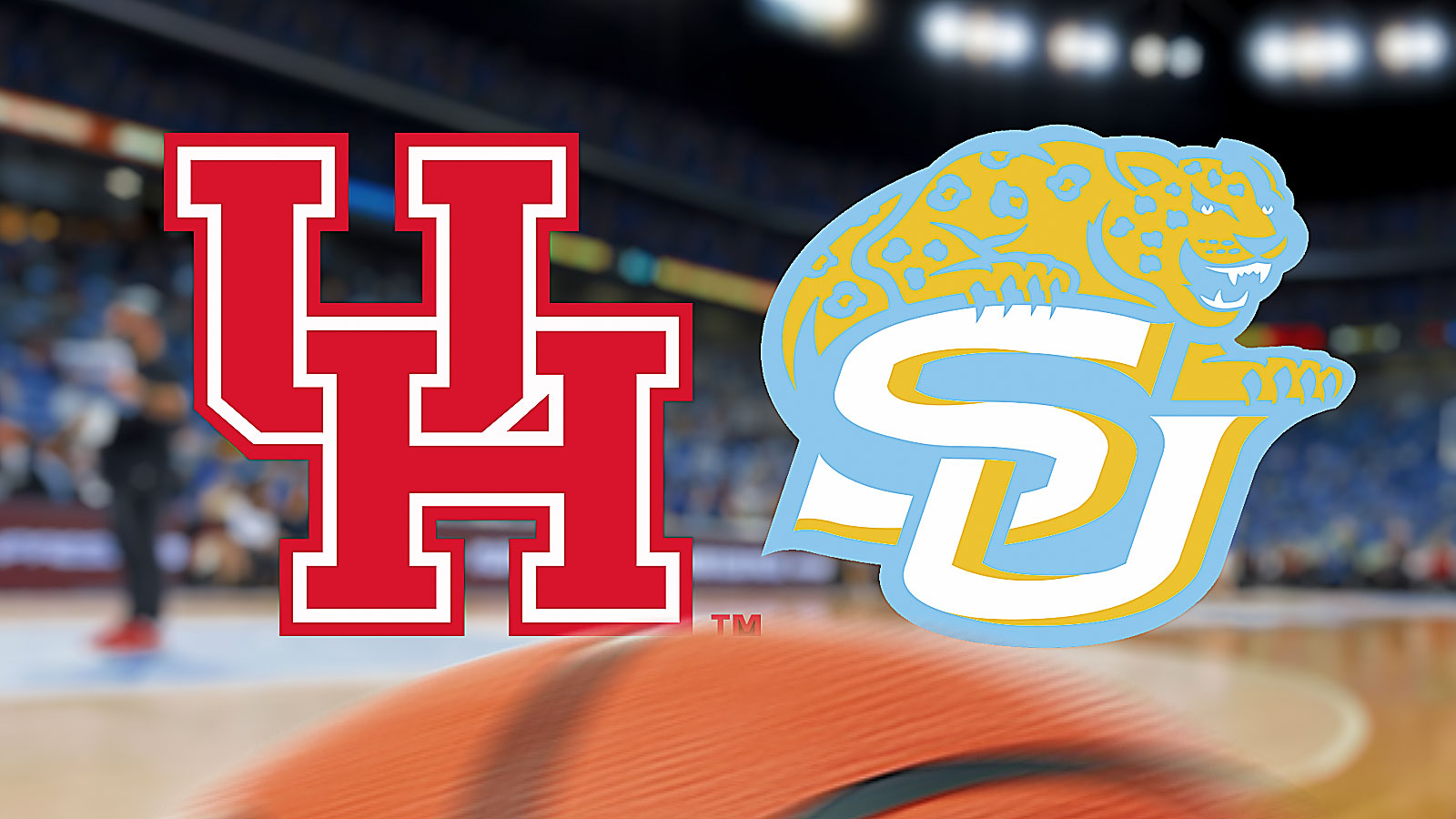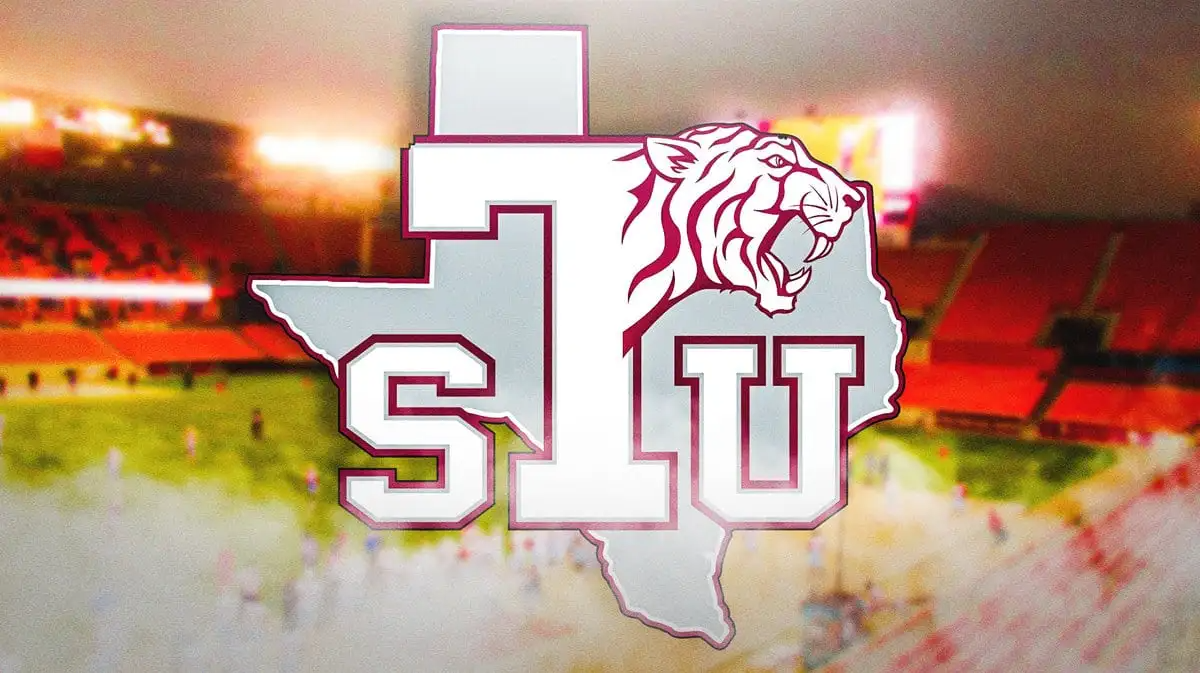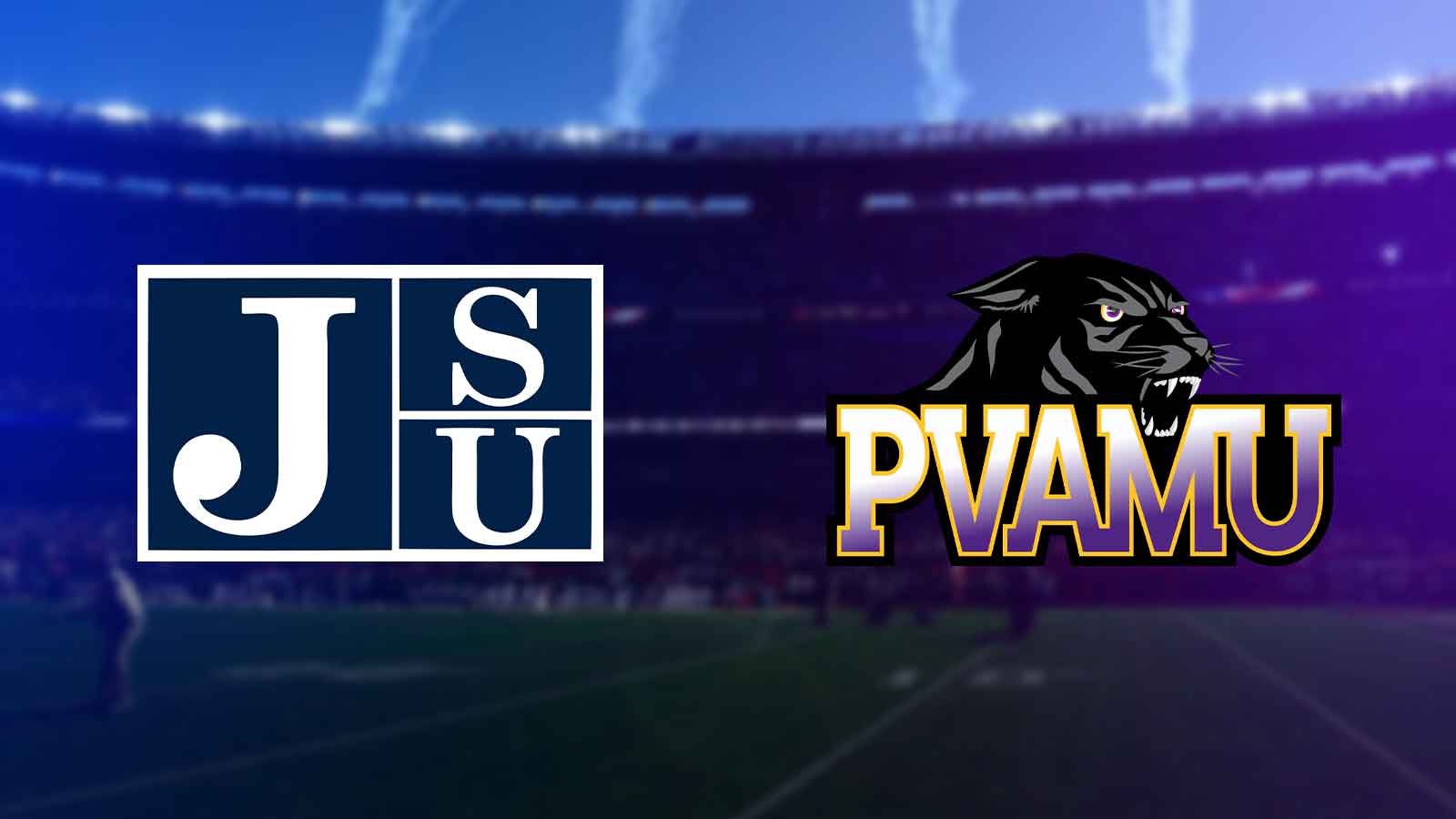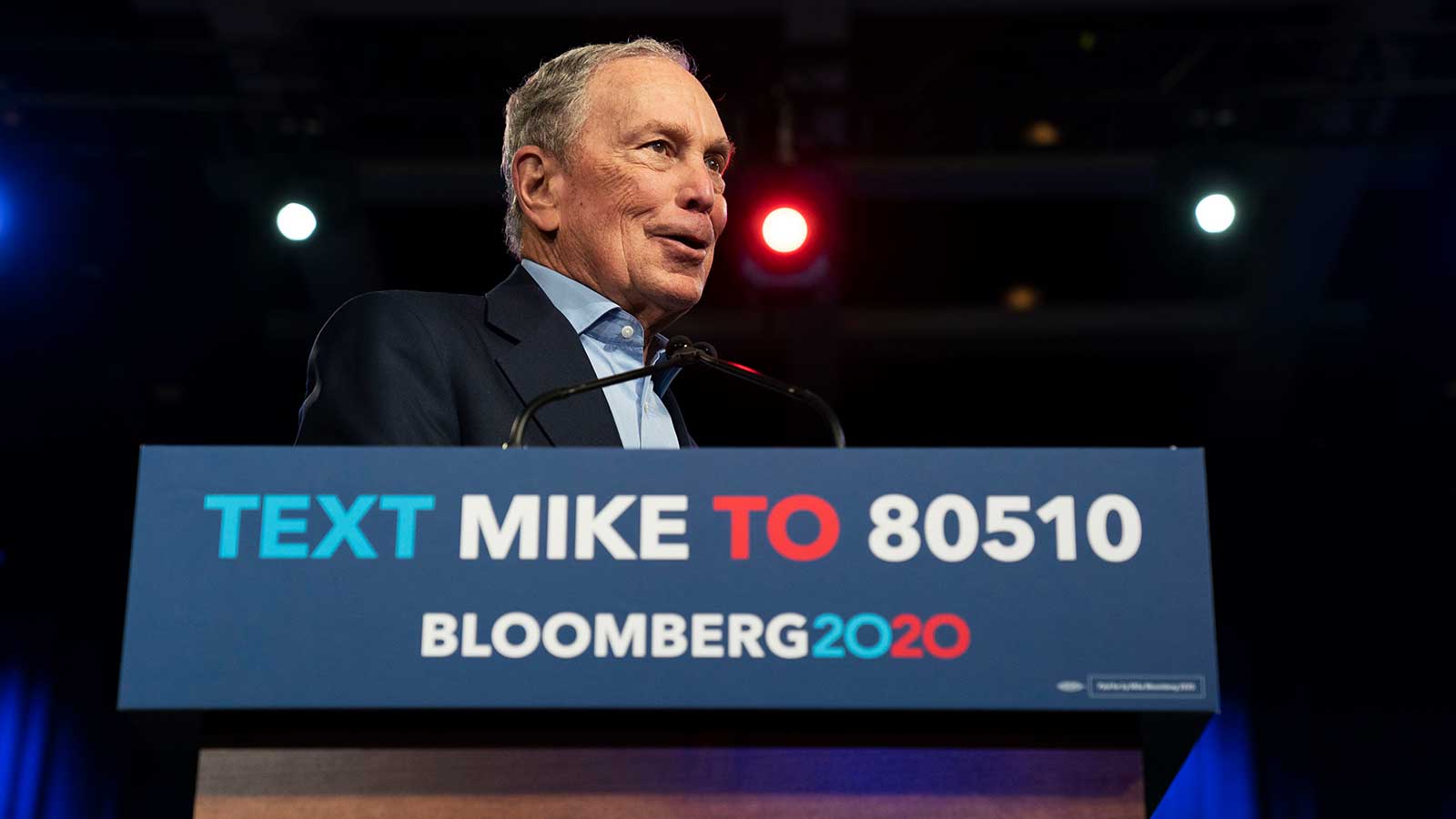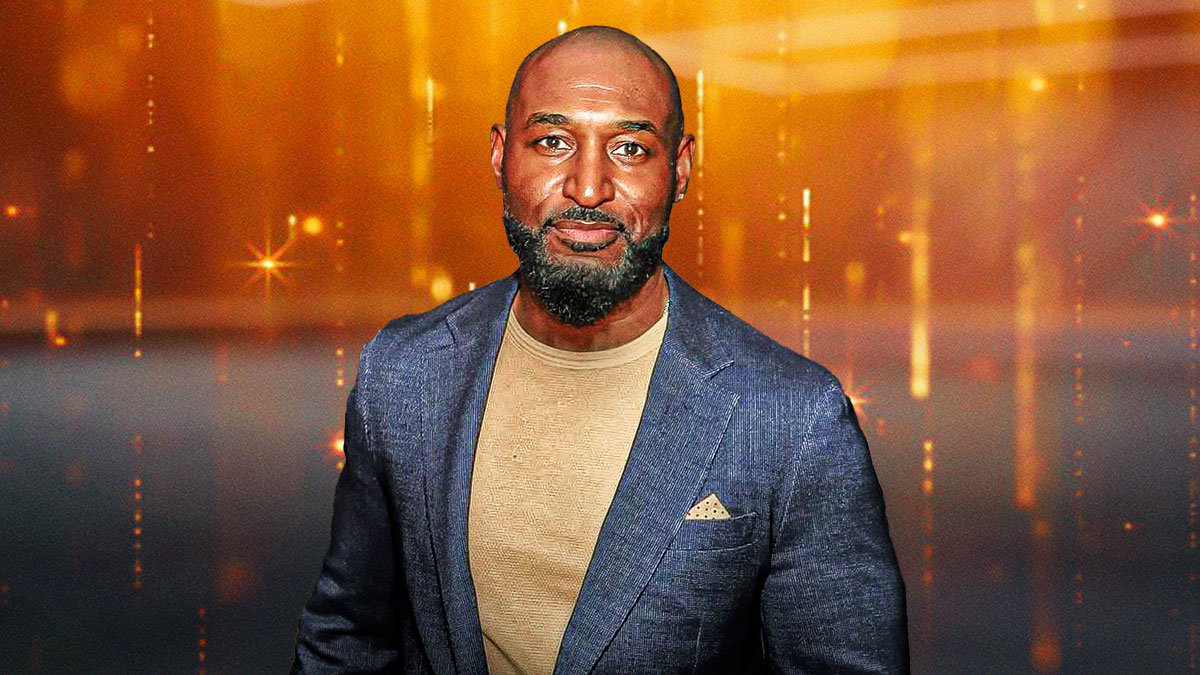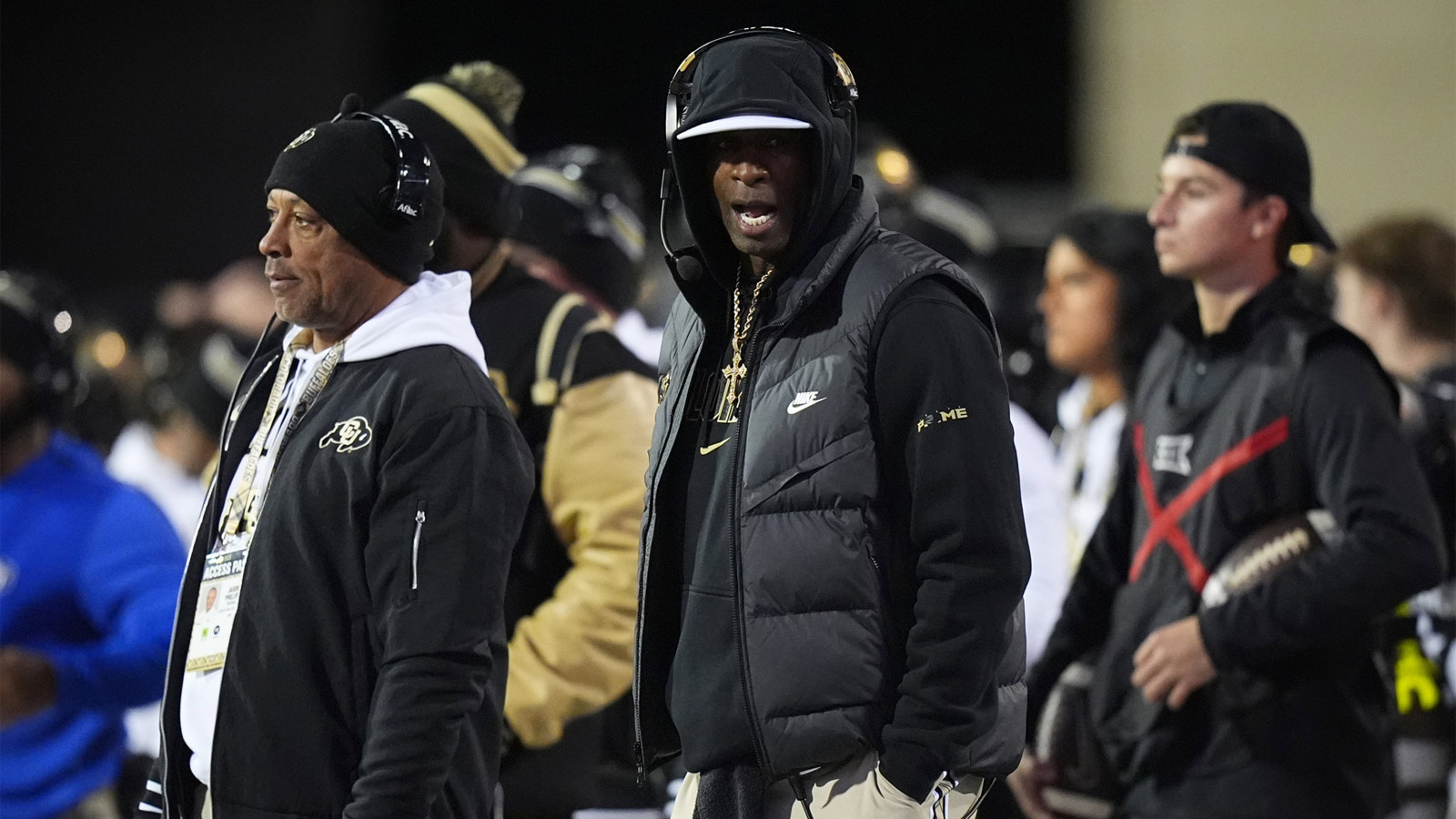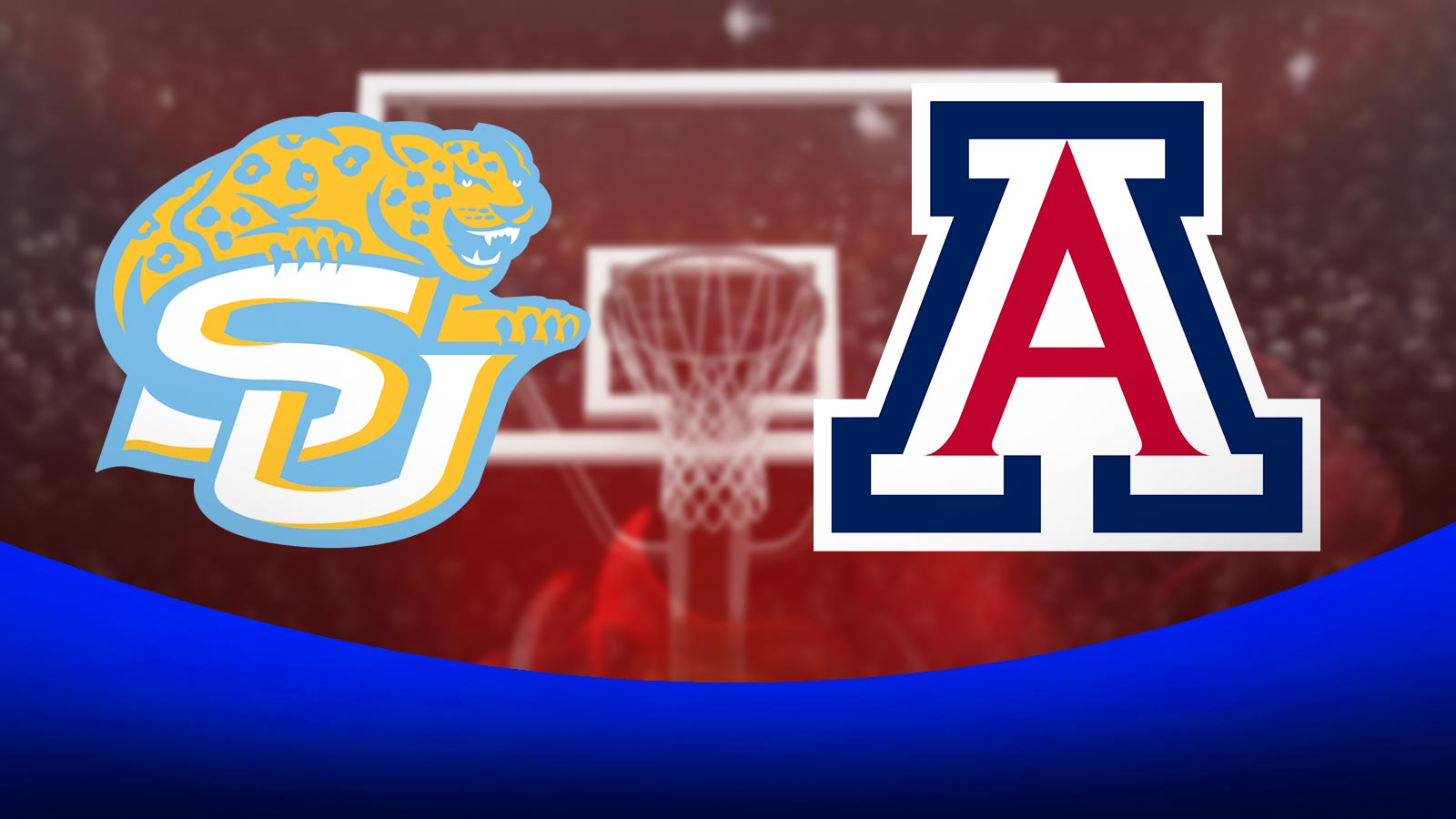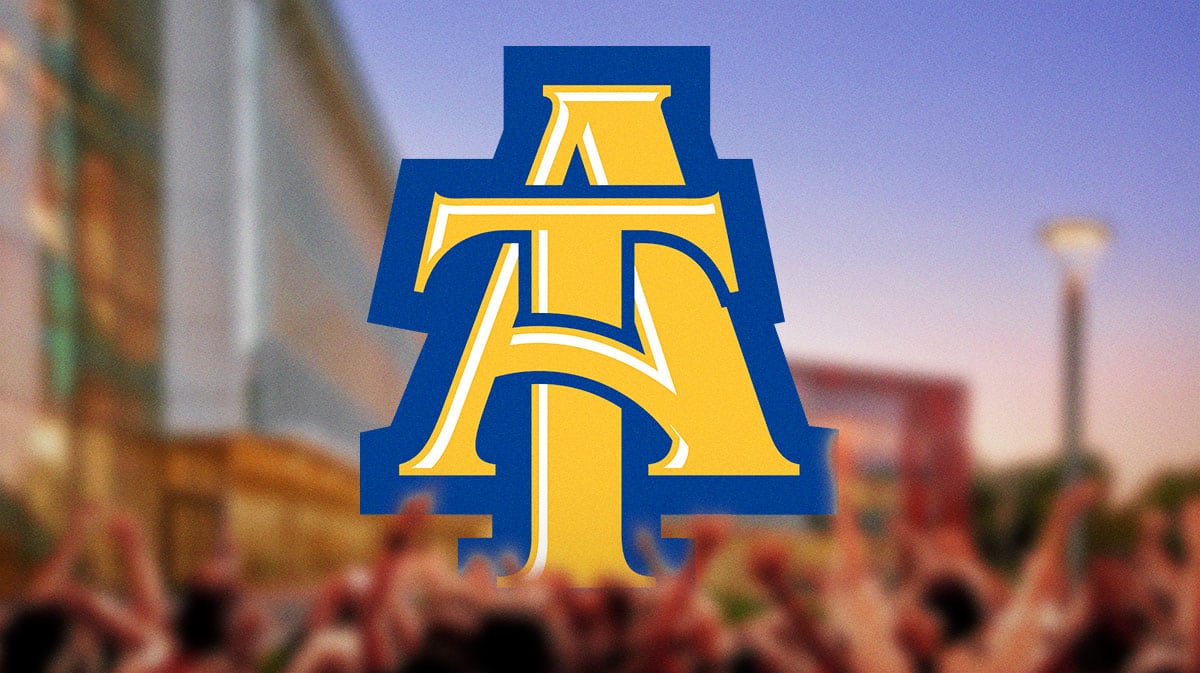The once-prosperous North Carolina A&T football program, 11-time Mid-eastern athletic conference(MEAC), a dominant force in sports and a leading HBCU powerhouse, has lost its identity.
When I transferred to A&T during the COVID-19 pandemic, the team was transitioning from the MEAC to the Big South. Many fans, students, and alumni view this shift as the beginning of the team's decline—and I can't help but agree.
A&T is more than a historic educational institution; it’s a cultural cornerstone that needs funding to uphold the traditions established in March 1891. The move from the MEAC to the Big South and now to the CAA was intended to attract more attention and funding for our program. But four years later, we must ask: Was it worth it?
A&T and Hampton University are the only Division I HBCUs to leave their former conferences for predominantly white institutions. This shift has not translated to financial success. When we don’t compete against HBCUs, we see significantly lower ticket sales. Truist Stadium, which seats 21,500, often struggles to fill seats when facing teams like a William and Mary.
Competing against HBCUs is not just about revenue; it’s about pride and bragging rights. The friendly rivalry that once defined our athletic spirit feels diminished when we distance ourselves in pursuit of the title of “number one public HBCU.” We’ve lost sight of what truly matters.
As a founding member of the MEAC, if A&T felt it was outgrowing the conference, a move to the Southwestern Athletic Conference to compete with other HBCUs like Florida A&M university might have been more fitting.How are we any different for seeking bigger opportunities instead of building on what we have, much like Deion Sanders did at Jackson State?
Critics argue that leaving the MEAC was a mistake, especially in light of the 170 points A&T has surrendered this season to former HBCU rivals. The question now is whether the issues lie with the players or the coaching staff.
Under Coach Vincent Brown, A&T has won only two games and lost 16. His hiring raised eyebrows, particularly since he replaced Samuel Washington, a coach who embodied HBCU values and had a solid track record of recruiting and player development. Washington's teams were dedicated, and his departure left a significant void.
Brown's ability to connect with players has come into question, and the results speak volumes. Former star Tarik Cohen noted that today’s players lack the same spirit and dedication as those from the Broadway era. Instead of showing improvement, the team often looks lost on the field, consistently failing to eliminate explosive plays from opponents.
The transfer portal has transformed college football into a pay-to-win environment, making it easier for players to seek opportunities at more successful programs. Why should athletes commit to a struggling team when they could thrive elsewhere, often with better amenities and a brand deal?
The underlying issues at A&T are large in number, there is a clear loss of foundation and tradition, with players not carrying forward the legacy established by their predecessors. Coaches must instill HBCU values and inspire passion for the program, but this seems to be lacking over the past two seasons.
By abandoning our commitment to the Black football caucus and prioritizing immediate financial gains, we risk damaging the integrity of our esteemed university. If this trend continues, A&T may drift further from the very principles that founded it.
We don’t need to mimic the identities of universities like Chapel Hill NC State or even Wake Forest. We must embrace and celebrate what makes us North Carolina A&T State University.

